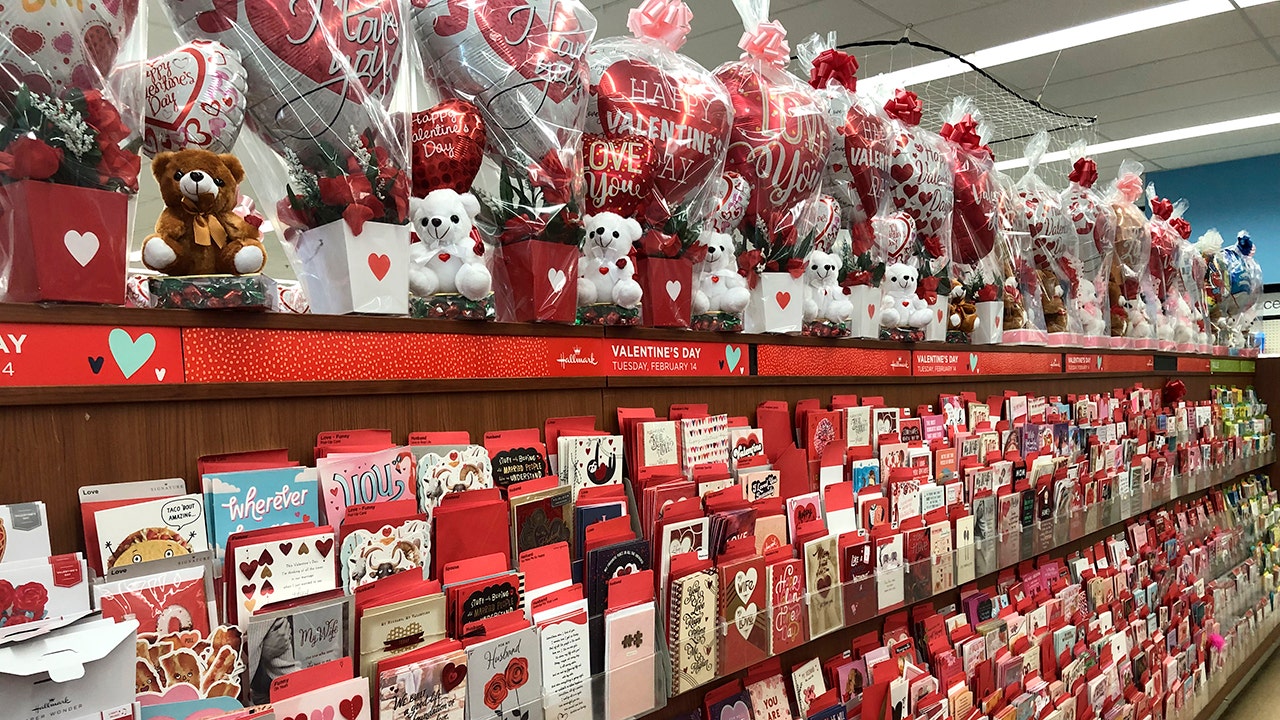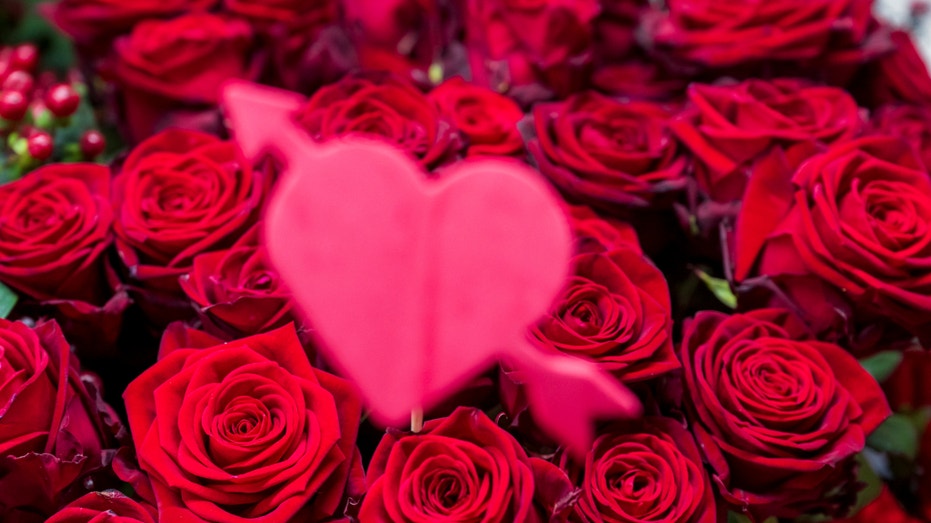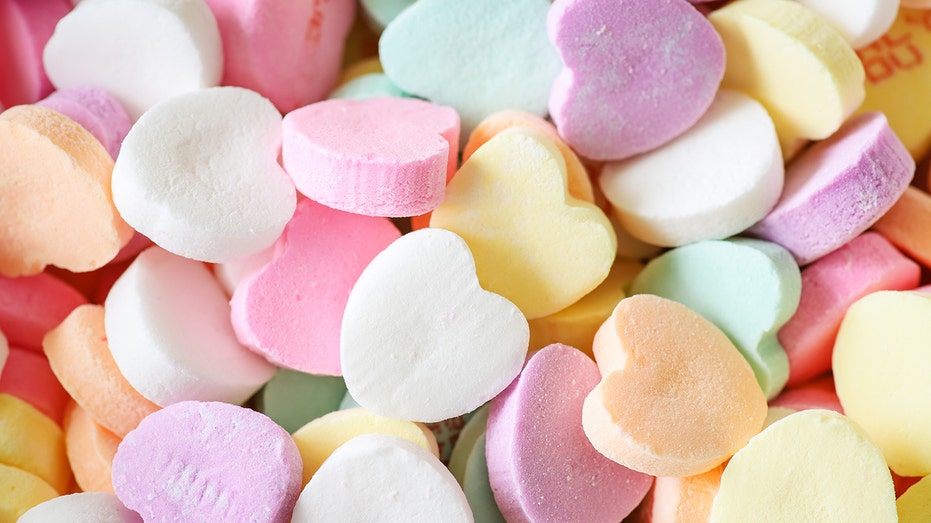Finance
Nearly half of American adults are unmarried and that’s turning out to be good for Valentine’s Day

This Valentine’s Day, more people are saying “I love you”—to themselves.
Self-gifting is on the rise for Cupid’s holiday as more consumers grow tired of receiving duds from their spouse or significant other, enjoy the empowerment of treating themselves or celebrate the single life. It’s yet another way Feb. 14 is getting a makeover when nearly half the U.S. adult population is unmarried and many say they aren’t looking for a romantic relationship.
The trend is a boon for retailers and could help reverse sagging Valentine’s Day sales. Larger companies such as Target and Etsy to smaller jewelers and lingerie sellers are switching up marketing messages and creating special collections to emphasize self-gifting.
Lena Parsell, an art director in Philadelphia, received a pair of gray wool socks from her husband for Christmas that were so bulky and itchy that they became a magnet for her cat, who bit her toes when she wore them around the house.
VALENTINE’S DAY GIFTS: AMERICANS EXPECTED TO SPEND $25.8 BILLION THIS YEAR
“My husband is amazing, but he has trouble figuring out my taste,” Parsell says. “Sometimes he really nails it,” like when he commissioned a portrait of Parsell and their daughter. Other times he falls short, such as when he bought her kitchen towels. “Or he’ll say, ‘I didn’t know what to get you, so just pick out something for yourself.’”
That is what she is doing this Valentine’s Day. She designed a custom ring from jeweler Bario Neal of 18-karat gold with an aquamarine stone, which is her mother’s and daughter’s birthstone. “It’s about love in all different ways,” she says.

Last year, 39% of U.S. consumers said they bought themselves a Valentine’s Day gift, according to a poll of more than 1,000 people by market-research firm Circana.
Marshal Cohen, Circana’s chief industry adviser, says the trend is a carry-over from the Covid years. “People were getting practical gifts during the pandemic like vacuum cleaners, so they started buying romantic things for themselves.”
‘Looking for micro-indulgences’
Retailers are hoping self-gifting will reignite Valentine’s Day. U.S. discretionary general merchandise sales fell 4% in dollars and 6% in units during the two weeks ended Feb. 18, 2023, compared with the same period the prior year, according to Circana.
Cohen says the downturn is part of a broader sales slump for holidays such as Valentine’s Day and Mother’s Day as consumers become more careful in their spending.
VALENTINE’S DAY CHOCOLATES SET TO BREAK HEARTS AFTER COCOA PRICES HIT RECORD HIGH
Target is advertising heart-themed T-shirts and sweatshirts for Valentine’s Day in its circulars, which it says are “fit for the whole fam or just you.” In Etsy’s “gift mode,” shoppers can select “myself” as the recipient and “Valentine’s Day” as the occasion.
Online lingerie seller Adore Me is touting more buy-for-yourself items in its Valentine’s Day line up this year, including a red, lacy push-up bra that carries the tagline on social media, “Forget gifts for others, this is the gift you need for you this Valentine’s Day.”
That self-gifting message has performed better on Facebook and Instagram than others aimed at buying gifts for romantic partners, says Ranjan Roy, Adore Me’s vice president of strategy. These days, “people are looking for micro indulgences—small ways to splurge on themselves.”
Buying ‘for myself makes me feel independent’
Collector’s Cage, which sells previously owned designer handbags online and at two stores in Copenhagen, is running social-media ads with the message, “From You, To You.”
The company is offering a special treat for single shoppers—a mystery gift that includes leather-treatment products emblazoned with the words, “Love yourself…and your bag this Valentine’s Day.” Founder Mathias Moslund says he changed tack after last year’s more traditional Valentine’s Day marketing fell flat.
“All of my girlfriends have boyfriends so I feel left out on Valentine’s Day,” says Anna Rusborg, a 19-year-old student, who lives in Copenhagen and is treating herself to a vintage Louis Vuitton Speedy Bag from Collector’s Cage. “I know I’ll find love someday, but buying a bag for myself makes me feel independent.”
Women aren’t the only targets. Bevel, which makes grooming products for men, offered a discount promotion through Feb. 14 to urge its male customers to buy for themselves. “Treat yourself with goods made just for you,” its website says.
The origins of Valentine’s Day are murky. Some link it to an ancient Roman fertility feast, others to a Christian martyr named St. Valentine.
Elizabeth Nelson, associate professor of history at the University of Nevada, Las Vegas, says the holiday probably isn’t related to either. She noted some of the earliest references linking the celebration to lovers appeared in works from 14th-century English author and poet Geoffrey Chaucer, who described “St. Valentine’s day” as a springtime mating ritual among birds. The 17th-century English diarist Samuel Pepys labeled a Feb. 14 entry “Valentine’s day,” and described how he “took Mrs. Martha for my Valentine,” a woman who wasn’t his wife.
The celebration grew more widespread in the mid-1800s when paper production became more affordable. By the time Hallmark began selling Valentine’s Day postcards in 1910 it was already a huge commercial holiday, Nelson says.
‘Doing more solo dating’
Lately, Valentine’s Day is being reinterpreted to reflect the growing number of singles. According to the Census Bureau, 49.2% of U.S. adults were unmarried in 2023, compared with 41.9% in 1993.
The Pew Research Center found 56% of single Americans in a 2022 study said they weren’t looking for a relationship or casual dates. That was up from 50% in 2019.
Nearly a third of Valentine’s Day diners last year were solo or in groups of three or more, according to OpenTable, an online restaurant reservation service. And “Galentine” celebrations that fête female friendships are now widespread.
“I’ve been doing more solo dating,” says Amanda Hernandez, a 29-year-old nurse who lives in Passaic Park, N.J., and threw a Galentine party this year. “I like going to museums, bars and other events on my own instead of waiting for friends or a romantic partner to be available.”

De Beers encouraged women to purchase jewelry for themselves more than two decades ago, when the diamond mining and jewelry consortium introduced its “right hand ring” collection. The phenomenon has since gained steam.
Heather Ingraham, a diamond and bridal buyer for The 1916 Company, which sells watches and jewelry online and in 20 locations worldwide, says self-purchases made by women have more than doubled over the past five years.
“It used to be a couple or just the husband would come in and make the purchase,” says Ingraham, a 43-year-old from Denver. “Now, more women are coming into stores by themselves or with a friend.”
Alina Wilson bought herself a bracelet and earrings several years ago when she was going through a difficult time at work. “Any time I was nervous, I would look at the bracelet and it would help me stay grounded,” recalls the 52-year-old owner of a medical spa and wellness center in Lake Oswego, Ore.
For Valentine’s Day, Wilson is treating herself to a diamond tennis bracelet. “I’m not going to turn down a gift from my partner,” she says. “But buying for myself makes me feel great. You can’t love another person unless you love yourself.”
Read the full article here


















